The NA series is designed to be used for all types of surveying tasks. Independent if you have to do routine levelling on construction sites, check or monitor buildings, railways or roads, with the Leica NA levels you always have the right tool at hand.
Highest accuracy and reliability
Get reliable and precise levelling results even on sunny days. The top-class optical quality of Leica Geosystems always delivers a high contrast image and makes the read-out precise and easy even in unfavourable light conditions. Due to the high temperature stability the Leica NA levels deliver always reliable results and are relatively insensitive to direct solar radiation.
Fast and convenient set-up
Increase your efficiency and safe time with the fast to set-up Leica NA levels. Use the coarse movement of the focusing knob for rapid setting with minimum turning. The fine movement gives the final touch for a perfect image. To check if the compensator is functioning, simply press the button. This check will take less than a second and gives you a high level of security!
LEICA NA2 The classical level from Leica Geosystems
The NA2 universal automatic level meets all requirements regarding precision, convenience and reliability.
It was designed by surveyors and development engineers with years of experience and who know what a field instrument has to be able to do.
The NA2 soon pays for itself, because it can be used for all types of surveying job; on building sites for routine levelling, in engineering projects, and for geodetic control at all levels of accuracy
Universal application
• Levelling of all types and all orders of accuracy
• Precise levelling and settlement determinations on buildings
• Routine heighting for the construction of roads, railways, pipelines, tunnels and so forth
• Setting-out work and control measurements on the construction site
• Area levelling of high accuracy
• Tacheometric levelling with the K-version on flat terrain by combining stadia and angular measurements with height readings
• Deformation measurement and monitoring of bridges
In principle, the NA2 can be set up on any Leica Geosystems tripod. In practice, for all-round purposes, we recommend the heavy-duty GST20 telescopic-leg tripod. For precise levelling the GST40 fixed-leg tripod is suitable because of its extreme rigidity. The modular relationship between instrument and tripod is an advantage when transport space is limited.
Centring is easy
The circular level only needs to be centred approximately to bring the compensator well into its working range of ~30′, and so setting-up goes quicker. The bubble is viewed positively via a pentaprism and is monitored down the eyepiece.
Play-free footscrews
The pitch of the smoothrunning and backlash-free footscrews is such that the bubble can be centred in a very short time.
ndependent of temperature
Unlike the tubular level of a traditional instrument, the NA2 universal automatic level is relatively insensitive to direct solar radiation and an umbrella need only be considered for the most precise levelling.
Easy to level up
The advantage of this instrument is that, as soon as the bubble is centred, the line of sight is horizontal for all pointings of the telescope. The observer is freed of the time-consuming centring procedure involved with the traditional tubular level, and can concentrate on the business of staff readings.
Robust and automatic
The compensator is essentially a pendulum with a prism (4). The suspension system comprises four flexed tapes (1) made of a special alloy to ensure faultless functioning even at extreme temperatures. The compensator, which is located between the focusing lens and the crosshair reticle, is pneumatically damped against mechanical vibration and is screened against magnetic fields.
Minimum maintenance
In the unlikely event that the compensator is damaged (and this can only happen as a result of extremely harsh treatment) it is replaced easily, being held only by three screws.
Push-button control – added security
With most automatics one taps the tripod or instrument to check if the compensator is functioning. Leica Geosystems offers a far more sophisticated solution. Pressing the button under the NA2 eyepiece gives the compensator a gentle tap, so that you see the staff image swing smoothly away and then float gently back to give the horizontal line of sight. This check, which takes less than a second, is technically perfect, as the pendulum tself is activated and swings through its full range. It is also immediately apparent if the bubble is not centred
Top-class optics
The telescope is of excellent quality and gives a bright, high-contrast, erect image, even in poor light – an essential for accurate levelling. With the standard eyepiece the magnification is 32×, the optimum for most applications of the instrument. Optional eyepieces are available; the 40× may be preferred for precise levelling, the 25× in hot, shimmer conditions. Eyepiece exchange takes only a second or so.
The focusing knob has a coarse/fine movement:
• coarse, for rapid setting with minimum turning
• fine, for the final delicate touch to give the perfect image.
Fatigue-free viewing
The reticle has:
• a single horizontal hair for reading normal staffs
• a wedge-shaped hair for use with invar staffs
• stadia hairs for distance measurement and threewire levelling.
The general layout of the controls, the smooth friction-braked rotation of the instrument, and the endless horizontal drive with bilateral knobs, all combine to make the instrument easy to use.
At an advantage on unstable ground
If a tubular level is used on unstable ground it tilts out of range and has to be continuously reset. By contrast, the pendulum of the NA2 “compensates” and keeps the line of sight horizontal.
Angle measurement with the NAK2
Civil engineers and contractors often require a circle for angle measurement and setting-out work. Even simple detail surveys, by taking angle, distance and height, and plotting with the polar method, can be done with a level.
The model NAK2 has an internal glass circle which is read via a scale microscope and which can be set to any value by turning the rim around the base of the instrument.

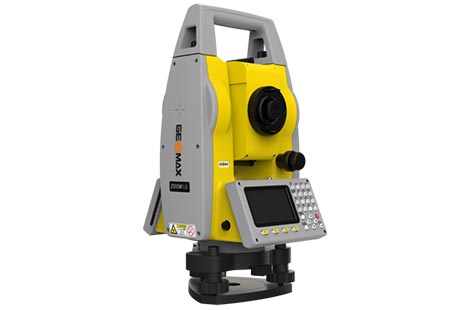
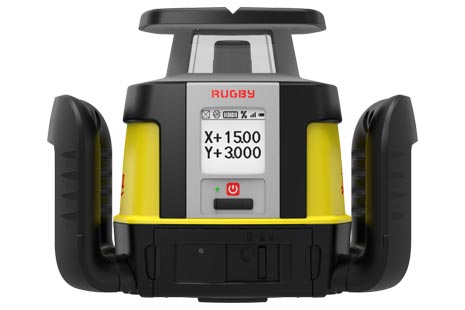
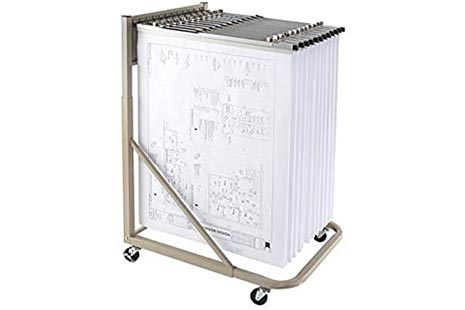
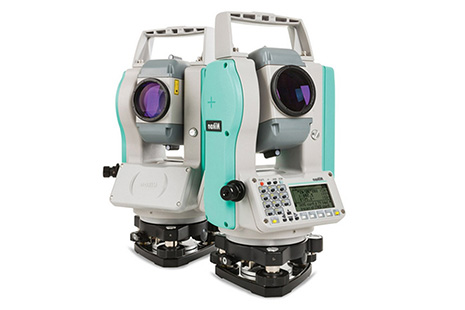
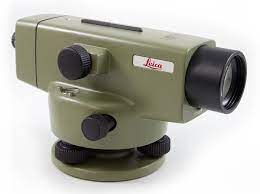
Reviews
There are no reviews yet.